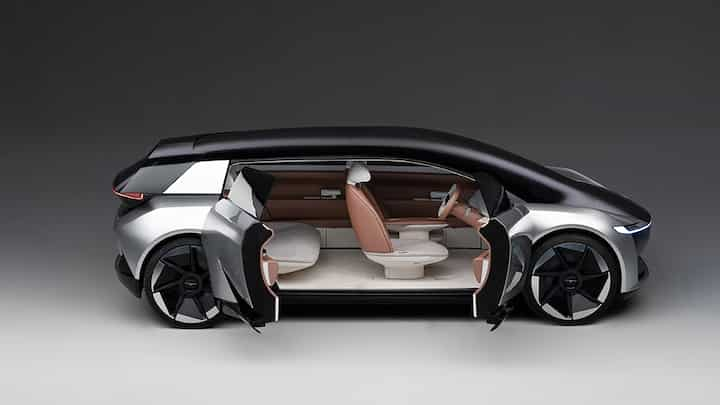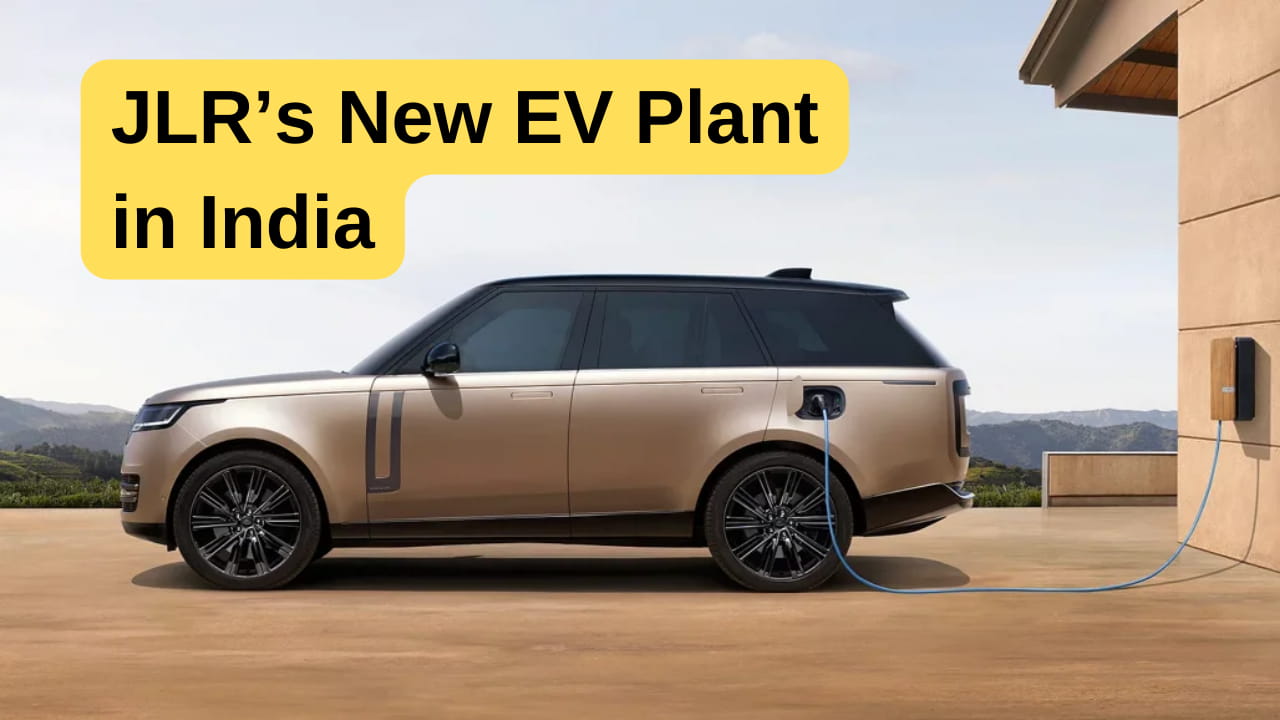Contents
A major collaboration between JLR and Tata to build a large EV manufacturing facility in India
Amidst ongoing India-UK Free Trade Agreement negotiations, a thrilling prospect emerges: JLR, owned by Tata Motors, is exploring building a colossal electric vehicle (EV) manufacturing facility in India. This potential game-changer could mark the largest JLR production plant outside the UK and signals India’s burgeoning ambition in the electric mobility space.
JLR and Tata Alliance for EV Manufacturing

Sanand, Gujarat, appears the frontrunner, although Pune, JLR’s original home base, isn’t out of the picture. Sources reveal JLR’s interest in leveraging their EMA platform, which Tata plans to localize for its “Avinya” range. This shift from in-house Avinya development to JLR’s architecture has pushed back the first Gen 3 EV by six months, now expected in 2026-27. This luxury SUV will likely sit above the Harrier and Safari in Tata’s portfolio.
Industry whispers suggest a multi-billion-pound investment for developing at least four models each from Tata and JLR over the next decade. The projected volume stands at a staggering 300,000 units, with one-third earmarked for Tata and two-thirds for JLR, primarily targeting export markets with a minimal domestic presence in India.
This ambitious project gains momentum as the India-UK FTA nears completion, with the Prime Minister’s Office reviewing progress last week. “Talks are at a crucial stage,” reports PTI, citing sources. “Both countries are ironing out remaining differences.” With 13 rounds completed and the 14th underway, excitement is palpable.
JLR to use Tata’s Agratas battery cell technology
Tata Motors declined to comment, but their previous $1.3 billion investment in Agratas, a cell manufacturing company setting up base in Gujarat, hints at their commitment. Furthermore, their November MoU with JLR for licensing the EMA platform, including electrical architecture, battery packs, and manufacturing know-how, underscores their strategic shift towards Gen 3 EVs.
“This reduces development time, advances Tata into advanced electrical architecture, and prepares them for autonomous vehicles,” explained PB Balaji, Tata Motors’ CFO. “It’s a win-win for both companies.”
JLR’s new EMA Platform

The EMA platform, introduced in 2021, will underpin next-gen Velar, Evoque, and Discovery Sport models. It boasts advanced driver assistance systems, extensive cloud connectivity, and the ability to communicate with other vehicles and infrastructure. Engineered around the battery, it optimizes interior space and accommodates various battery chemistries.
Software Over The Air (SOTA), Level 2+ autonomy, and Feature Over The Air (FOTA) capabilities further enhance its appeal. Additionally, a highly integrated propulsion system, 5-star safety rating, and ultrafast charging support for high-performance vehicles solidify its credentials.
Jaguar Land Rover to localise their new EMA platform in India
Initial EMA-based vehicles, starting production in late 2024, will be manufactured at JLR’s Halewood plant in the UK. However, for the 2025 Avinya launch, Tata will localize the EMA platform in India to maintain premium positioning while ensuring cost competitiveness.
This marks the second major Tata-JLR collaboration, following the Harrier and Safari SUVs built on the Jaguar Land Rover Freelander’s D8 platform. However, the EMA project signifies a significant leap in their cooperation, marking India’s potential to become a major EV manufacturing hub.
Also read: Upcoming Compact SUVs Launching Soon in India in 2024

